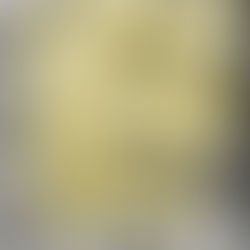Novel perceptions with the European Southern Observatory's Very Large Telescope (ESO's VLT) show that the maverick comet 2I/Borisov, which is just the second and most as of late distinguished interstellar guest to our Solar System, is quite possibly the most flawless at any point noticed. Astronomers presume that the comet in all likelihood never passed near a star, making it an undisturbed relic of the haze of gas and residue it framed from.

2I/Borisov was found by novice cosmologist Gennady Borisov in August 2019 and was affirmed to have come from past the Solar System half a month later. "2I/Borisov could address the primary really perfect comet at any point noticed," says Stefano Bagnulo of the Armagh Observatory and Planetarium, Northern Ireland, UK, who drove the new investigation distributed today in Nature Communications. The group accepts that the comet had never passed near any star it flew by the Sun in 2019.
Bagnulo and his associates utilized the FORS2 instrument on ESO's VLT, situated in northern Chile, to consider 2I/Borisov in detail utilizing a strategy called polarimetry. Since this method is routinely used to examine comets and other little collections of our Solar System, this permitted the group to contrast the interstellar guest and our nearby comets.
The group tracked down that 2I/Borisov has polarimetric properties unmistakable from those of Solar System comets, except for Hale-Bopp. Comet Hale-Bopp got a lot of public interest in the last part of the 1990s because of being effectively noticeable to the unaided eye, and furthermore on the grounds that it was quite possibly the most perfect comets astronomers had at any point seen. Before its latest entry, Hale-Bopp is thought to have passed by our Sun just a single time and had consequently scarcely been influenced by sun oriented breeze and radiation. This implies it was flawless, having a structure fundamentally the same as that of the haze of gas and residue it—and the remainder of the Solar System—framed from some 4.5 billion years prior.
By examining the polarization along with the shade of the comet to accumulate pieces of information on its creation, the group presumed that 2I/Borisov is indeed much more flawless than Hale-Bopp. This implies it conveys clean marks of the haze of gas and residue it framed from.
"The way that the two comets are amazingly comparable proposes that the climate where 2I/Borisov started isn't so extraordinary in arrangement from the climate in the early Solar System," says Alberto Cellino, a co-creator of the examination, from the Astrophysical Observatory of Torino, National Institute for Astrophysics (INAF), Italy.




















